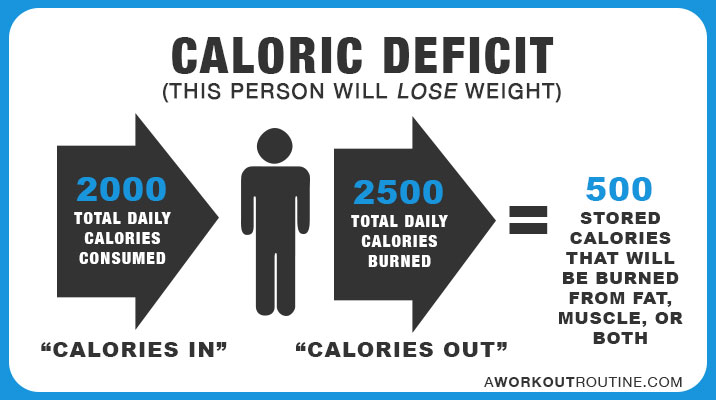
Total Energy Expenditure: Insights and Strategies from Coach Lee L. Will
According to Kohl & Murray (2020), total energy expenditure (TEE) represents the overall amount of energy expended by an individual while engaging in physical activity, breathing, circulating blood, and digesting food.
There are three factors that influence TEE:
- physical activity energy expenditure (PAEE)
- thermic effect of food (TEF)
- basal metabolic energy expenditure (BMEE)
These factors are known to fluctuate substantially, particularly for elite athletes during extended periods of rest.
Research on male and female endurance athletes conducted by Heydenreich et al. (2017) indicates that energy expended during recovery days, pre-competition tapers, or off-seasons can be significantly lower and comparable to sedentary behavior. As such, fitness professionals must consider breaks in exercise. These can increase non-exercise activity thermogenesis.
To estimate TEE, individuals should log patterns of physical activity, prolonged rest periods, and dietary regimens. Additionally, fitness professionals can use laboratory measures and self-report instruments to estimate TEE accurately.
Laboratory Measures for Accessing Energy Expenditure
Two laboratory methods for assessing TEE are indirect calorimetry and doubly labeled water techniques (DLWT).
Indirect calorimetry measures the output of carbon dioxide and oxygen consumption to produce results. In contrast, DLWT calculates the turnover rates of oxygen and hydrogen to provide accurate measurements of TEE in urine samples (Kohl & Murray, 2020).
Although both methods have the capacity to produce accurate results, each has limitations. On one hand, indirect calorimetry accurately measures CO and CO2 output, but protocols prevent it from delivering realistic results. On the other hand, the DLWT is limited to TEE unless other specialized equipment is purchased. Laboratory assessments are expensive, and tests should only be administered by trained personnel.

Self-Reporting Instruments
Self-report instruments are cost-effective resources to evaluate a client’s physical activity, exercise, and nutrition.
Fitness professionals can make solid estimations of a client’s TEE using questionnaires, fitness, and nutrition logs, and quality feedback. Self-reporting is an integrity-based approach that requires the client to be truthful and remember data. Therefore, using diaries/journals and conducting interviews can be very beneficial. Combining self-report instruments and measurement approaches is an effective technique for increasing data accuracy.
Fitness professionals using self-report instruments as the primary method for assessing clients should work diligently on their coaching skills to inspire commitment and honesty in self-reporting (Kohl & Murray, 2020; Webb, 2019).
Recommended TEE Assessment: DLWT
Although costly, DLWT is the gold standard for assessing TEE, according to Hackney (2016). DLWT has a high degree of accuracy and can be used on a wide range of populations. On the other hand, self-report instruments are not as effective as laboratory measures due to common subjective responses.
Nonetheless, this method can be extremely accurate under the right coach-client construct. Indirect calorimetry is often negated for TEE assessment due to artificial settings that prevent clients from living as they would normally (Kohl & Murray, 2020).



